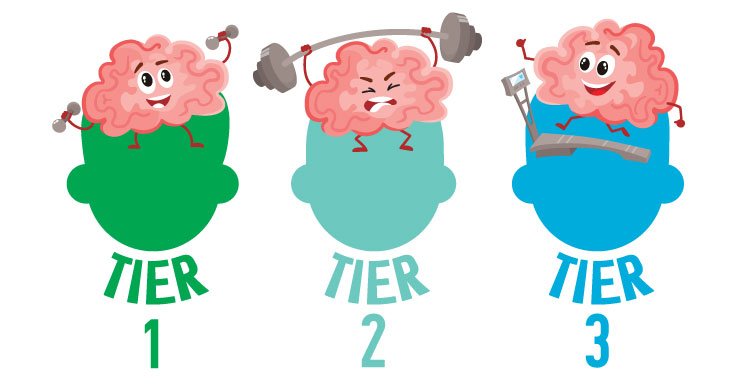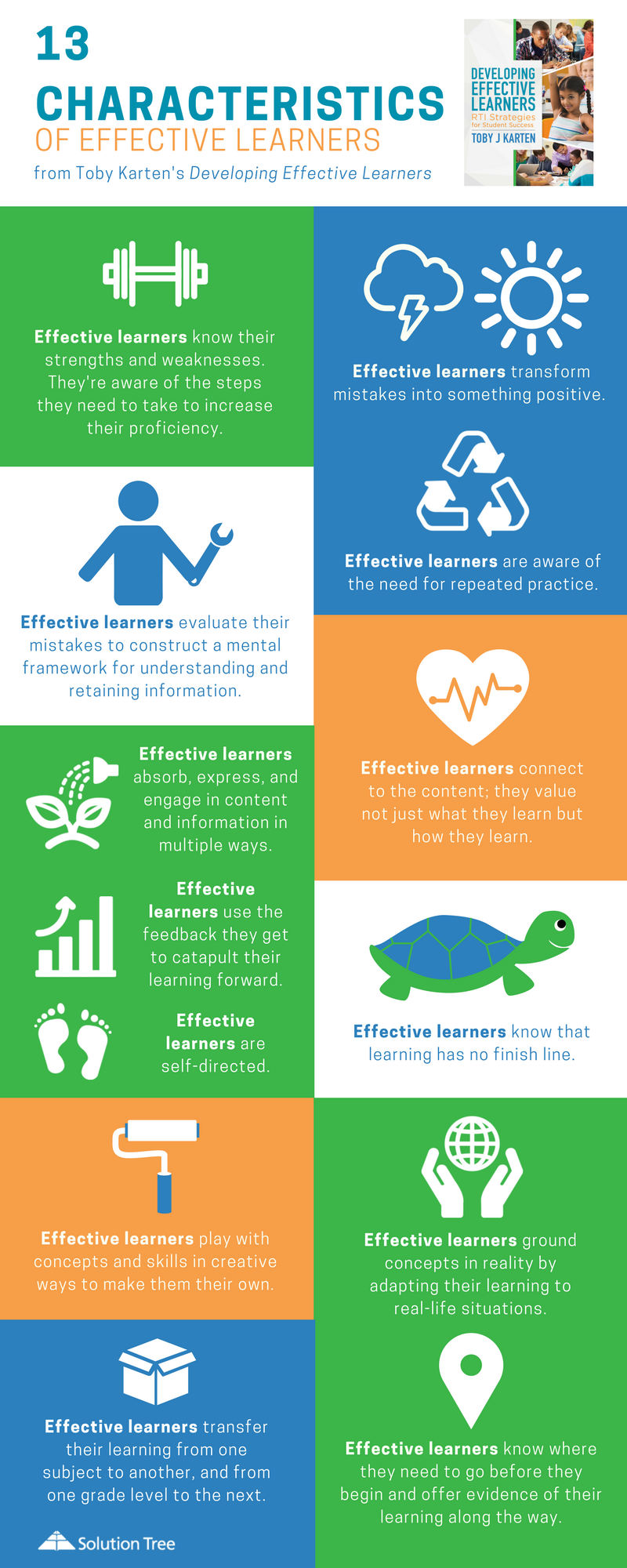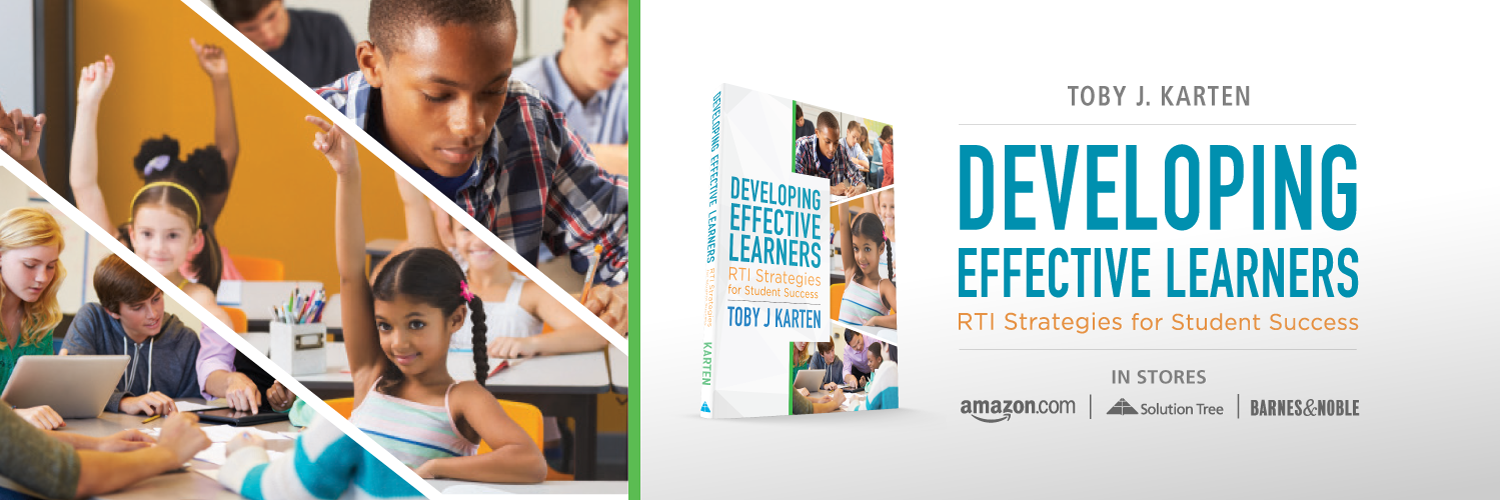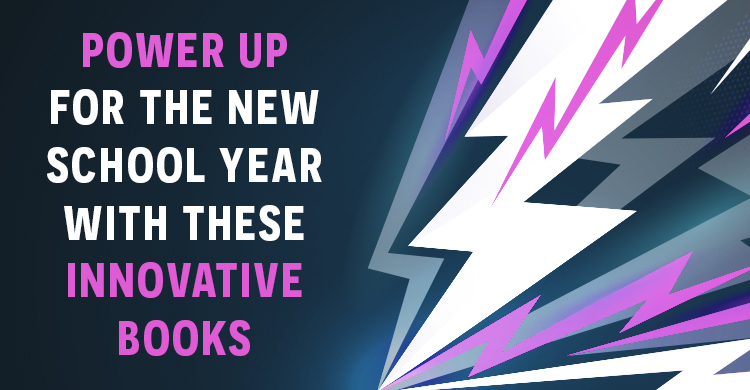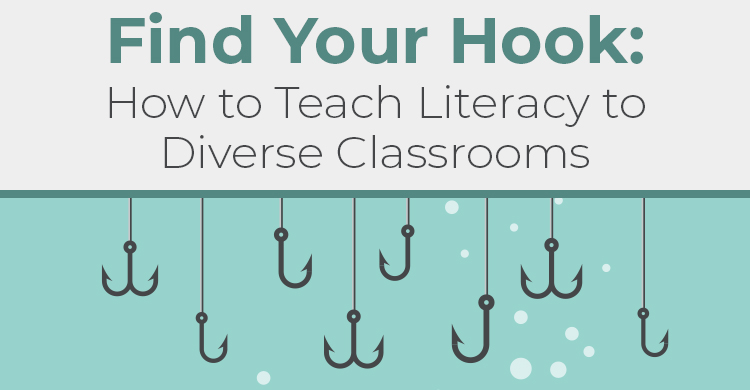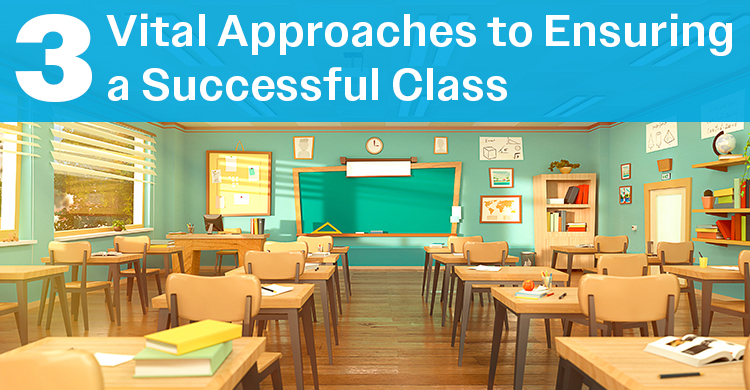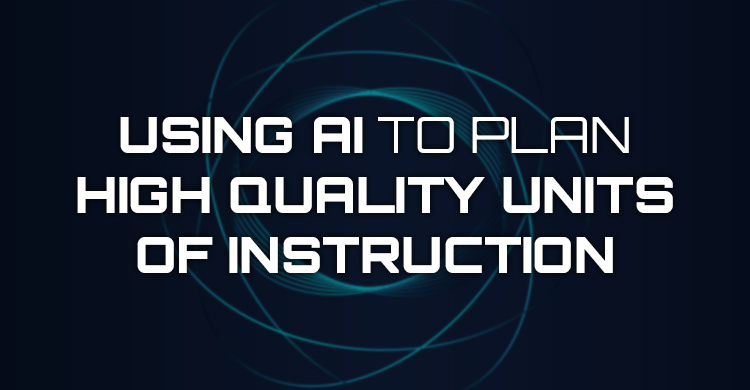Designs, flowers, ideas, strength, and plans develop. An artist reworks a sketch, a flower is watered, ideas propagate, a weak muscle is exercised, and plans develop over time and circumstances. In the same fashion, learners’ minds are also developed and strengthened through a process known as RTI or response to intervention (NCLD, n.d.).
What is RTI?
RTI ensures that learners are presented with content in a way that is responsive to each learner’s individual level. RTI develops students’ skills through a multitiered system of supports. Buffum and colleagues (2012) note the collective responsibility, concentrated instruction, convergent assessment, and certain access within tiered instructional practices. All learners receive core instruction in tier 1, while some learners may also require supplemental instruction in tier 2, or more intensive instruction in tier 3. RTI’s evidence-based practice embraces the idea that the primary responsibility of each educator is to ensure high levels of learning for every student, regardless of which tier of instruction he or she requires.
How RTI Works
Collaborative staff determine the specific learning needs of each student. “Teachers and other supportive staff” includes but is not limited to literacy, mathematics, and behavioral interventionists who all honor the fact that all students will receive the core instruction at tier 1, but some students will also learn on different tiered levels. Within the RTI model, supplemental instruction at tier 2 and more intensive instruction at tier 3 are embraced as vehicles for students to propel forward. This continual process of analyzing learner evidence includes screening and formal and informal assessment. Observation, quizzes, individual and cooperative assignments, exit cards, journal entries, pictures, dance, and other forms of action and expression, engagement, and representation offer ongoing student data. The idea is to identify the learner’s level, not to define or limit a student by his or her label or lack of skills. The effectiveness of instruction is assessed within a structured responsive process of intervention that ensures that each and every student receives the time and support needed (Karten, 2017b).
Positive learner outcomes develop with engaging instructional experiences and collaborative student-staff relationships that acknowledge that diversity. Responsive practices require instruction from educators who have knowledge and sensitivities toward individual difference (Rosenfeld & Rosenfeld, 2008). Since no learner is a clone of his or her peer, differentiated and responsive tiered interventions are valuable instructional tools. Preparation, acceptance, organization, screening, assessment, and collaborative planning are the integral wheels that allow the learning to move forward successfully. This diagram highlights the important RTI practices that need to live and breathe in school settings (Karten, 2017a).
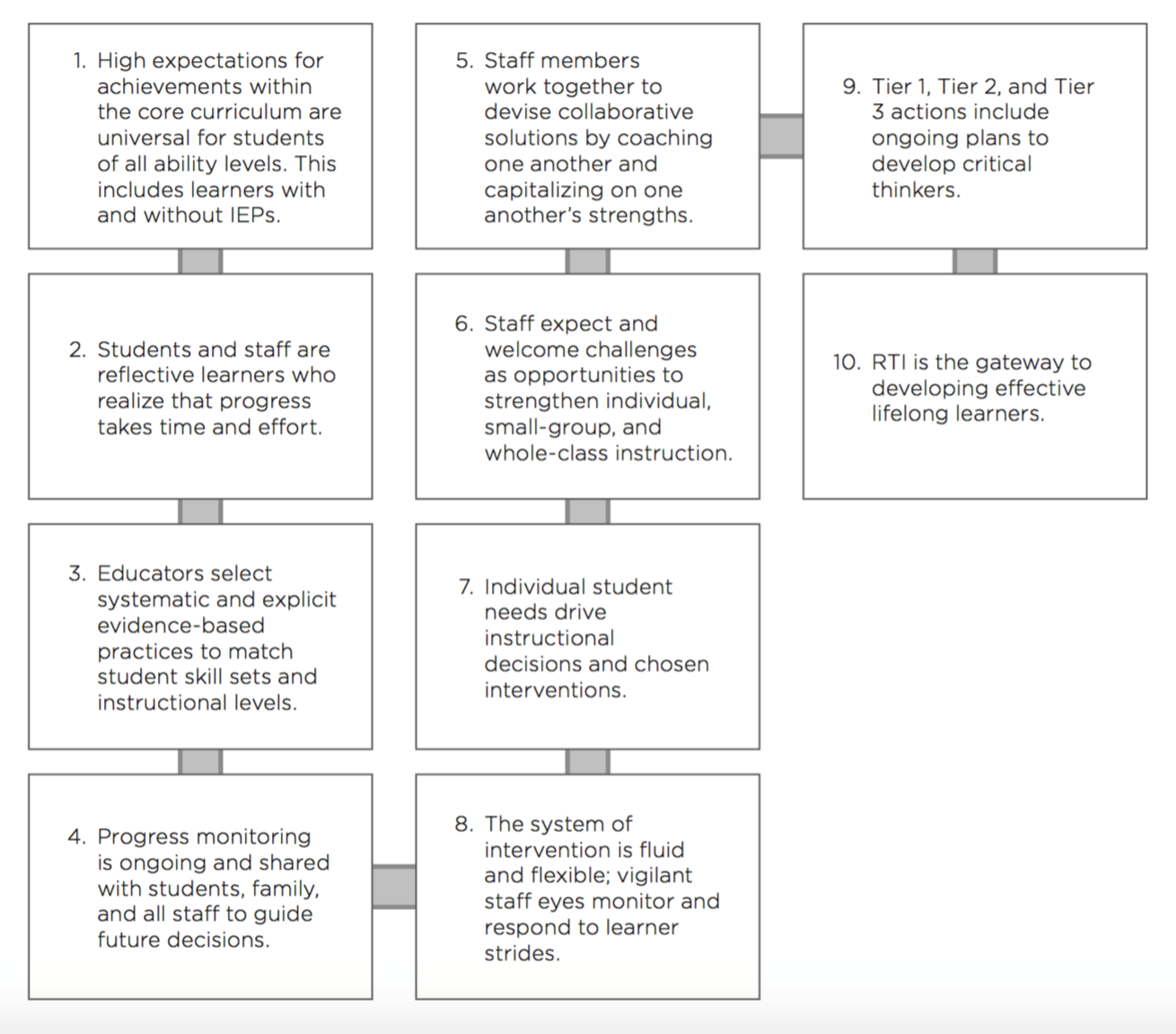
School staff, families, or students who look for a template on how people learn will have a difficult time discovering one that applies to all learners. However, the core educational principles of planning, collaboration, and an application of evidence-based practice (EBP) capitalize and expand on each learner’s individual strengths. The Institute of Education Sciences at What Works Clearinghouse (n.d.) shares how educators make evidence-based decisions from the high-quality research. As an example, strategies that show effectiveness for students with emotional and behavioral disorders include systematic, data-based interventions, continuous assessment and progress monitoring, practice of new skills, multicomponent treatments, highlighting transfer and maintenance, and sustained intervention (Hallahan, 2015).
RTI’s systematic process of intervention begins by identifying the essential core knowledge and skills that need to be in the minds and behaviors of all students. Teachers collectively ask:
- What skills and concepts do we want all learners to know?
- What skills and concepts will some learners know?
For example, when offering syllable instruction in a first-grade class, stating that all students will decode and encode closed syllables is a reasonable expectation. In this case, some students will also develop skills with multisyllabic words that include two or more syllable types within the same word. Some students may require multisensory instruction to reinforce knowledge of phonemes or repeated practice with closed syllables. If a secondary writing lesson outlines that all learners will write a three-paragraph essay, then some learners may expand that essay to five paragraphs with figurative language included, while other learners may require more intervention in tiers 2 or 3 to effectively write grammatically correct sentences or to ensure the cohesive linking of ideas.
The classroom is therefore proactively equipped with the diversified resources and supports that allow for multitiered instruction. This includes but is not limited to multisensory reading manipulatives such as tactile letters for the first-grade class, a variety of books and articles on different reading levels, and perhaps access to online or handheld visual dictionaries to expand vocabulary choices in the writing lesson described. In addition, the availability of staff to deliver these services is essential. Proactive schedules with administrative supports allow this to happen. Teachers who provide ongoing learning centers with meaningful tasks promote higher-level student opportunities for diversified engagements throughout the school year.
Developing Effective Learners
The following infographic expresses the idea that students are not passive recipients waiting for their next educational meal to be served, but they most certainly take active roles in their learning development. Teachers catapult these characteristics and skills in their learners.
Each student needs to increase awareness of his or her level and how the learning is a process that at times may require more intervention. Similarly, teachers need to know who knows what, who needs more support, and who requires advancement. Within a system of RTI, the multitiered interventions include the instruction and the assessment, with differentiation as the norm. When teachers respond with the scaffolding and supports, then the classroom is one that accepts difference as the norm, not the exception. High levels of literacy, mathematics, science, behavior, and additional skills across the disciplines evolve with the planning and belief that all learners are capable of high achievements with the provision of evidence-based practices in a classroom environment and school that makes that happen. Hence, student and staff perspectives connect, and learner skills develop over time through the responsive tiered interventions.
In order for students to master the core curriculum and concepts across the disciplines, learners therefore need to realistically know themselves and how they learn best. Knowing the subject matter is important, but effective learners importantly know how to learn. Developing effective learners therefore translates to teachers who know their students and students who know themselves. Teachers, school staff, students, and their families are collaborative RTI partners.
References:
Buffum, A., Mattos, M., & Weber, C. (2012). Simplifying Response to Intervention: Four Essential Guiding Principles. Bloomington, IN: Solution Tree Press.
Hallahan, D. P., & Kauffman, J. M. (2015) Exceptional Learners: An Introduction to Special Education (13th ed.) Boston, MA: Pearson/Allyn & Bacon
Karten, T. J. (2017a). Developing Effective Learners: RTI Strategies for Student Success. Bloomington, IN: Solution Tree Press.
Karten, T. J. (2017b). Navigating the Core Curriculum: RTI Strategies That Support Every Learner. Bloomington, IN: Solution Tree Press.
Institute of Education Sciences at What Works Clearinghouse (n.d.) accessed at https://ies.ed.gov/ncee/wwc.
NCLD-National Council for Learning Disabilities (n.d.). “What Is RTI?” RTI Action Network, accessed at http://www.rtinetwork.org/learn/what/whatisrti.
Rosenfeld, M. & Rosenfeld, S. (2008). “Developing Effective Teacher Beliefs about Learners: The Role of Sensitizing Teachers to Individual Learning Differences.” Educational Psychology, 28 (3), 245–272.
[author_bio id=”394″]


